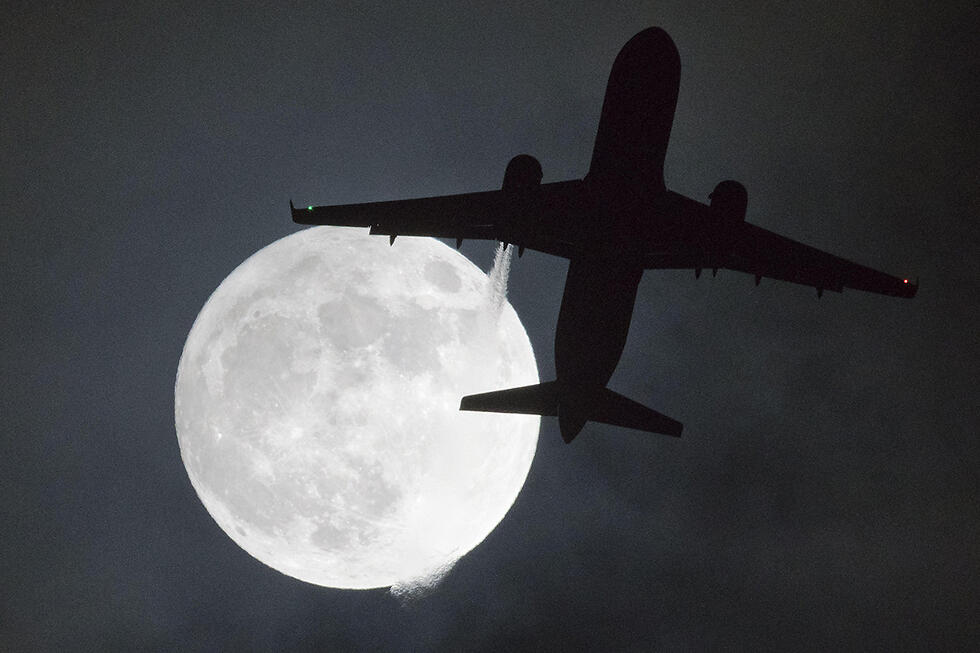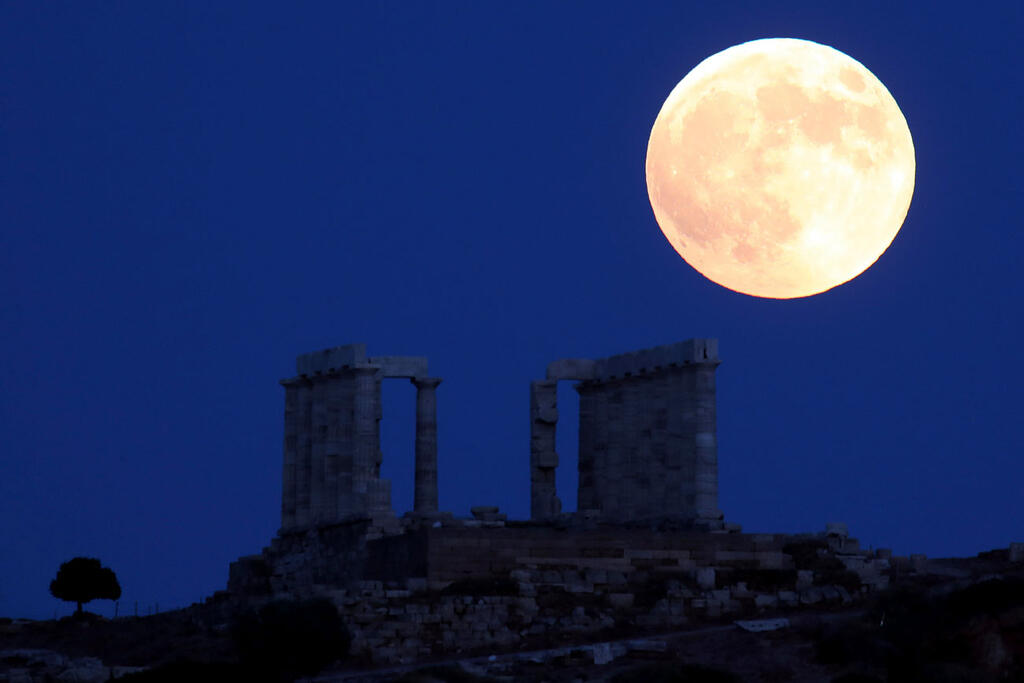Getting your Trinity Audio player ready...
As Tuesday night transitions into Wednesday morning, lunar enthusiasts are in for a treat with two interconnected astronomical events: a supermoon and a partial lunar eclipse. Both of these celestial spectacles can only occur when the moon is full.
A supermoon happens when the full moon is at its closest point to Earth, making it appear about 14% brighter and 7% larger than a typical full moon. Because the moon's orbit around Earth is elliptical, the minimum distances between the moon and Earth can vary by nearly 12,427 miles. The combination of a full moon being directly opposite the sun and its closest proximity to us results in a moon that is significantly more luminous and larger in appearance.
The moon will reach full phase precisely at 5:35 AM on Wednesday, though it will arrive at its nearest point to Earth (about 222,043 miles) a few hours later at 6:26 PM, just before rising in the eastern sky. The optical illusion of the moon appearing larger when near the horizon will enhance this spectacle. Thus, the supermoon will be visible on Tuesday evening at moonrise but will look its best on Wednesday evening after moonrise, even though it will be about 12 hours post-fullness. Its proximity to its closest point to Earth at moonrise will amplify the view.
Lunar enthusiasts can capture the bright moon above the horizon framed by buildings, trees, or other structures to complement the supermoon. If you miss it, don’t worry; the full moon on October 17, during the Sukkot holiday, will also be a supermoon.
The partial lunar eclipse will occur early in the morning. A full moon occurs when it is positioned along or near the line extending from the sun to Earth, with Earth between the sun and the moon, allowing us to see its fully illuminated side. On the night between September 17 and 18, the full moon will be very close to Earth's orbital plane around the sun, causing it to enter Earth's shadow and create an eclipse.
However, this eclipse will be quite partial. The moon will be above the ecliptic plane, so only a small part of its southern half will enter Earth's shadow, while most of it remains lit by the sun. At maximum eclipse, a slight shadow will be visible on the moon's northern side.
The eclipse will begin at 3:41 a.m. (Israel time) when the moon enters Earth's penumbral shadow, where only some sunlight is blocked. It will be difficult to notice any shading on the moon until it approaches the umbra, revealing a faint shadow on its northern edges.
At 3:13 a.m., the moon will enter the umbra, the region where all direct sunlight is blocked by Earth, except for some red sunlight refracted through Earth's atmosphere. The peak of the eclipse will be at 5:45 a.m., with a dark cap visible on the moon's northern (right) side. The eclipse is partial, with only about 10% of the moon's diameter completely covered by Earth's shadow. The moon will exit the umbra by 6:15 a.m. and will set about 20 minutes later, rising again in the evening as a supermoon.
The next lunar eclipse will occur in about a year, on September 7, and it will be a total eclipse with the entire moon in the umbra. The next solar eclipse visible from Israel will be on August 2, 2027, and it will be an almost total eclipse (the total eclipse will occur in Egypt).
- Dr. Igal Patel is Doctor of Philosophy (PhD) Geophysics and Seismology at Tel Aviv University



